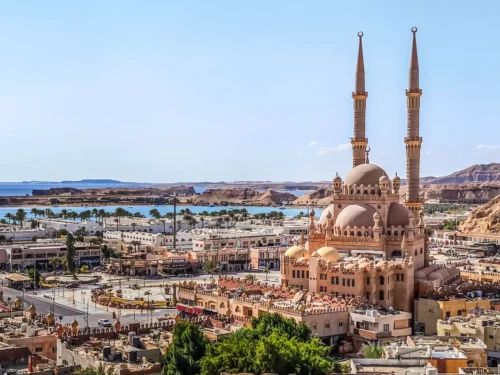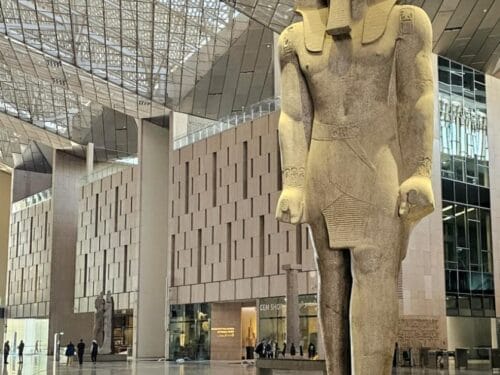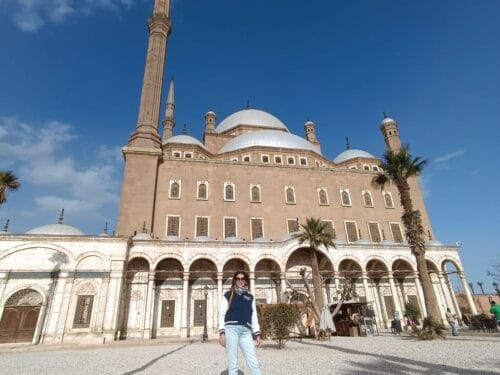

Uncover the secrets of Luxor’s Valley of the Kings—ancient tombs, pharaohs, travel tips, ticket info, and must-see highlights. Your guide for an unforgettable adventure through Egypt’s royal burial ground.
Exploring Luxor’s Valley of the Kings: The Ultimate Guide for Travelers

Deep in the heart of Egypt, on the West Bank of the Nile at Luxor, lies the awe-inspiring Valley of the Kings. For more than 500 years, this sacred site was the final resting place of Egypt’s most powerful pharaohs, where great rulers like Tutankhamun, Ramses II, and Seti I were buried amidst treasures, art, and mystery. Today, the Valley of the Kings stands as one of the world’s most legendary archaeological sites—beckoning travelers to unlock the secrets of ancient Egypt.
Whether you’re a history buff, a culture enthusiast, or simply curious about Egypt’s wonders, this comprehensive guide will help you explore the Valley of the Kings like a pro.
A Brief History of the Valley of the Kings
The Valley became the main burial ground for New Kingdom pharaohs and powerful nobles between the 16th and 11th centuries BCE. The secluded location was chosen to protect royal tombs from grave robbers, with elaborate tunnels cut into limestone hills. Despite their precautions, many tombs were eventually looted—yet priceless treasures and stunning art remain.
To date, more than 60 ancient tombs have been discovered in the Valley, each crafted with vibrant wall paintings, scriptures, and secret passages that reveal the beliefs and rituals surrounding death, afterlife, and the journey to immortality.
Getting to the Valley of the Kings
Location: The Valley is on Luxor’s West Bank, about 30 minutes from downtown Luxor by taxi, tour bus, or guided excursion.
How to Get There: Taxis, minibuses, organized tours (including Nile cruise excursions) are all convenient options.
Opening Hours: Typically open daily from early morning until late afternoon. Check ahead for seasonal changes and special closure dates.
Tickets, Entry, and Practical Information
Ticket counter is located at the entrance; you’ll need to purchase tickets for entry and additional tickets for certain tombs (e.g., Tutankhamun and Seti I).
Standard ticket: Grants access to 3–4 tombs (rotating selection; not all tombs are open at once to preserve the site).
Additional tickets: Available for premium tombs—Tutankhamun, Ramses V & VI, Seti I, and others.
Photography: Cameras are generally prohibited inside tombs, but check for updates—sometimes phone photography is allowed with a permit.
Facilities: Restrooms, small cafes, and gift shops are available near the entrance.

Must-See Tombs in the Valley of the Kings
While not every tomb is open at all times (to protect mural preservation), some of the highlights include:
1. Tomb of Tutankhamun (KV62)
The most famous resting place, discovered nearly intact in 1922 by Howard Carter. Entry to the tomb requires a separate ticket, granting close-up views of the burial chamber and the pharaoh’s mummy.
2. Tomb of Ramses VI (KV9)
Renowned for its magnificent painted ceilings and well-preserved wall art depicting scenes from ancient Egyptian mythology.
3. Tomb of Seti I (KV17)
One of the largest and deepest tombs in the Valley, featuring exquisite reliefs and hieroglyphics. A special ticket is required, but it’s a must for true Egypt enthusiasts.
4. Tomb of Merenptah (KV8)
Spacious and beautifully decorated, this tomb holds the remains and art of Ramses II’s successor.
Tips for Exploring the Valley Like a Pro
Arrive Early: Beat the crowds and the heat by visiting first thing in the morning.
Wear Comfortable Shoes: There is walking and some uneven terrain.
Dress for the Climate: Lightweight, modest clothing and a hat or scarf for sun protection.
Stay Hydrated: Bring water bottles, especially in summer.
Respect the Site: Avoid touching walls and artwork; please follow preservation guidelines and site rules.
Use a Guide: Guided tours or hiring an Egyptologist on-site can enrich your experience with historical context and stories.
Accessibility: The main paths are well-maintained, but some tombs have steps or uneven access.
Beyond the Valley: Additional West Bank Attractions
Temple of Hatshepsut (Deir el-Bahari): An architectural wonder built for Egypt’s great female pharaoh, not far from the Valley.
Valley of the Queens: Nearby, the resting place of queens and princes, including the dazzling tomb of Queen Nefertari.
Colossi of Memnon: Two massive stone statues standing guard on the West Bank.
The Ramesseum: The mortuary temple of Ramses II, rich in history and imposing in scale.
Dining, Facilities & Local Tips
Refreshments: Simple café facilities and shaded break areas are found near the visitor center.
Souvenirs: Official shops offer books, postcards, and replicas—avoid buying outside for authenticity.
Local Knowledge: Ask guides about recent discoveries or ongoing excavations—archaeological work continues year-round, uncovering new secrets.
The Magic of the Valley at Sunset
For a truly mesmerizing sight, catch the golden hour as the sun sets behind the Valley’s limestone cliffs. The play of light brings out the landscape’s mystical beauty and echoes the timelessness of ancient royalty.
Conclusion
Exploring Luxor’s Valley of the Kings is a not-to-be-missed highlight of any Egyptian itinerary. The majesty of the tombs, the artistry of the wall paintings, and the legacy of Egypt’s mighty pharaohs create an adventure that resonates with awe and wonder. Plan ahead, choose your highlights, and prepare to walk in the footsteps of history.
Ready to unlock the secrets of Luxor with a guided journey?
Check out our Luxor Tours for expert guides, insider tips, and unforgettable experiences!





